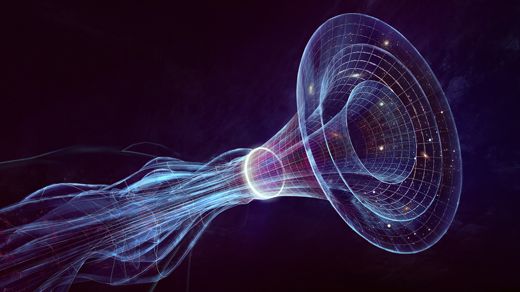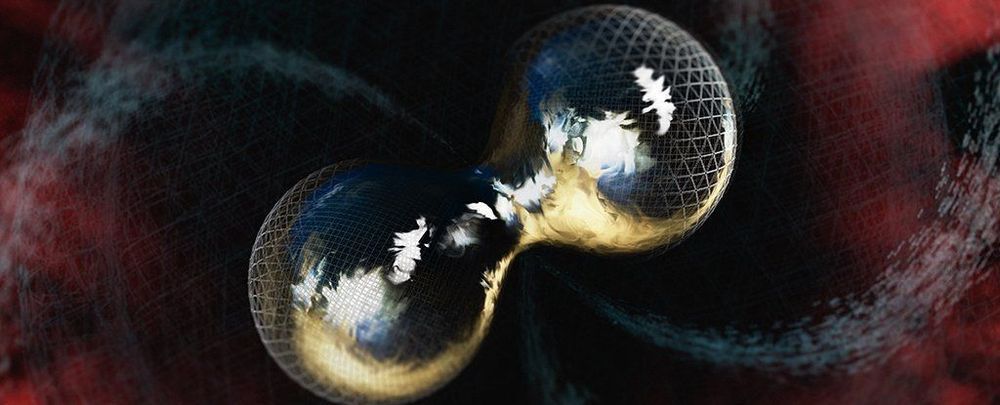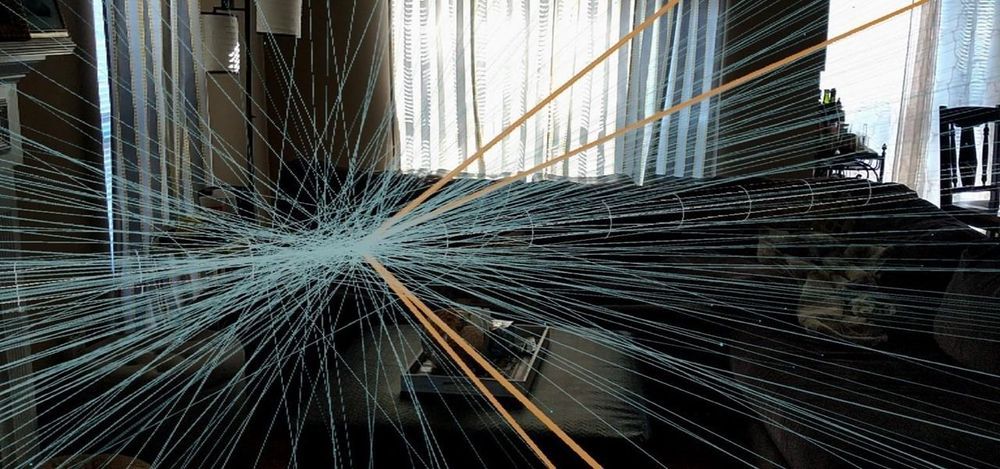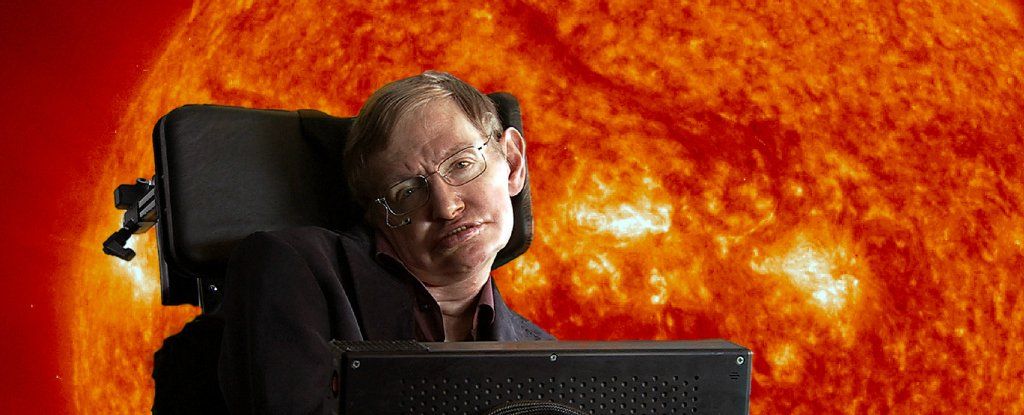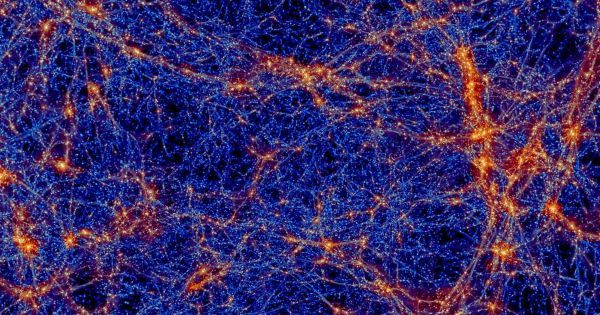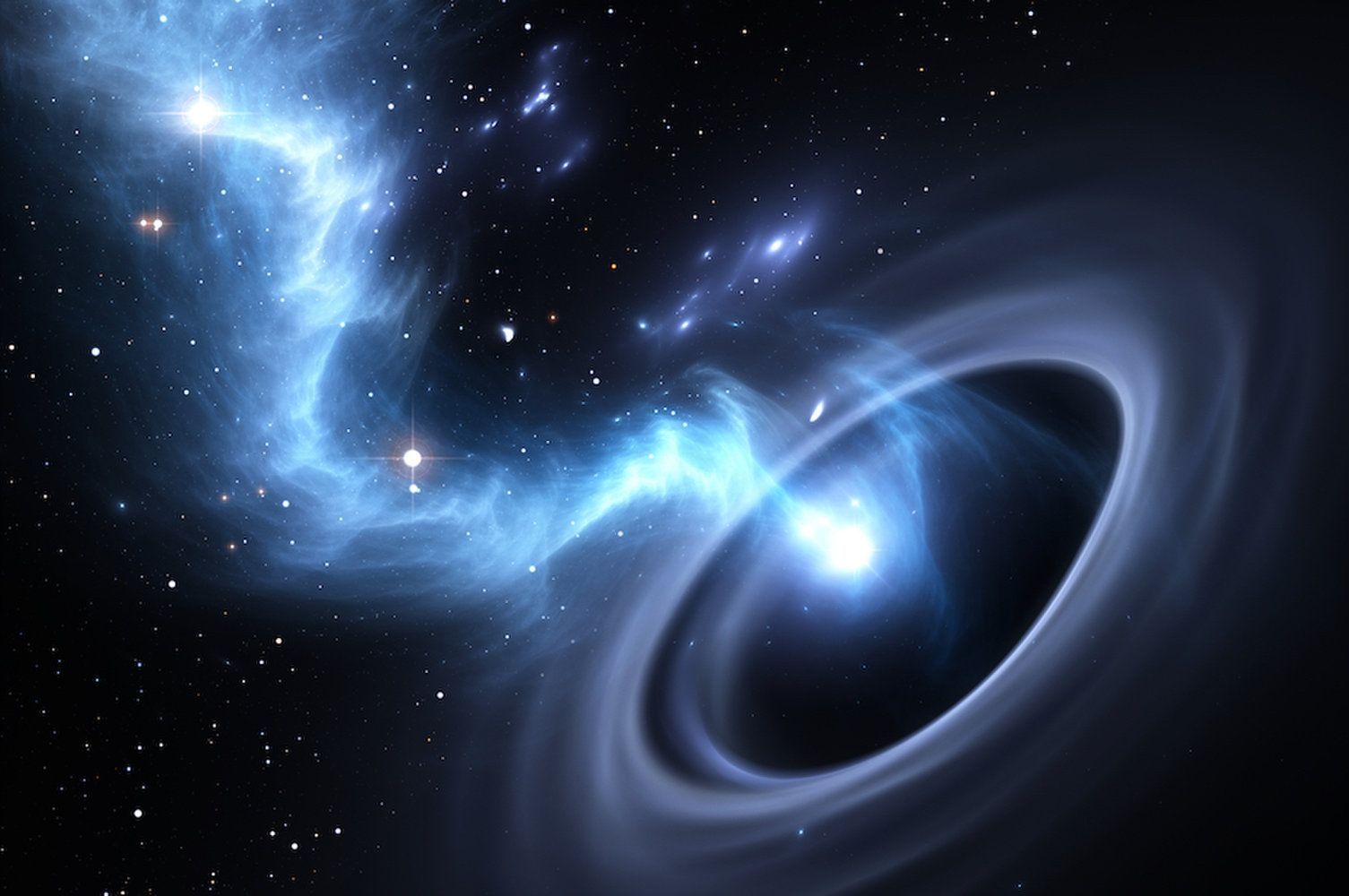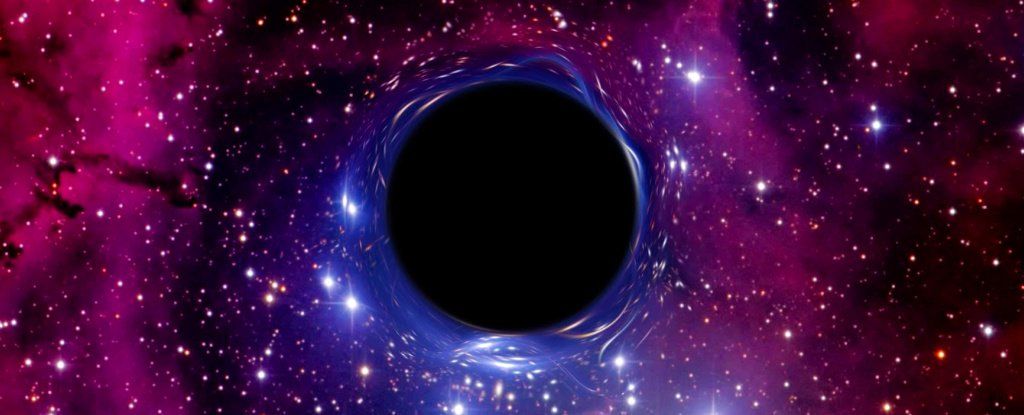Dec 25, 2018
Mathematicians Disprove Conjecture Made to Save Black Holes
Posted by Xavier Rosseel in categories: cosmology, mathematics, physics
‘’As a result, it’s nonsensical to ask what happens to space-time beyond the Cauchy horizon because space-time, as it’s regarded within the theory of general relativity, no longer exists. “This gives one a way out of this philosophical conundrum,” said Dafermos.
Mathematicians have disproved the strong cosmic censorship conjecture. Their work answers one of the most important questions in the study of general relativity and changes the way we think about space-time.
